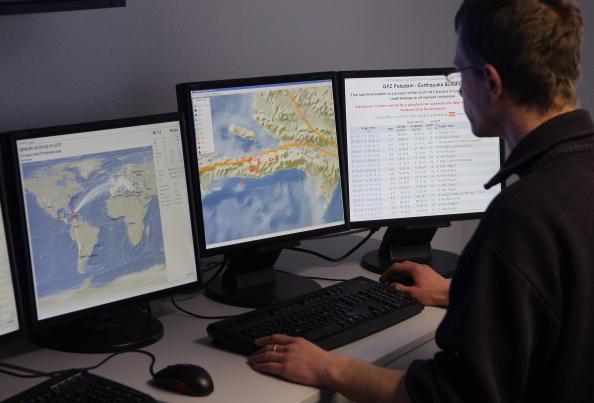During a 15-minute span this morning on BART, passengers were witness to the rollout of an upgraded earthquake early warning system.
Between 11 and 11:15 a.m., trains slowed to 27 mph to demonstrate how the ShakeAlert 2.0 system would work.

During a 15-minute span this morning on BART, passengers were witness to the rollout of an upgraded earthquake early warning system.
Between 11 and 11:15 a.m., trains slowed to 27 mph to demonstrate how the ShakeAlert 2.0 system would work.